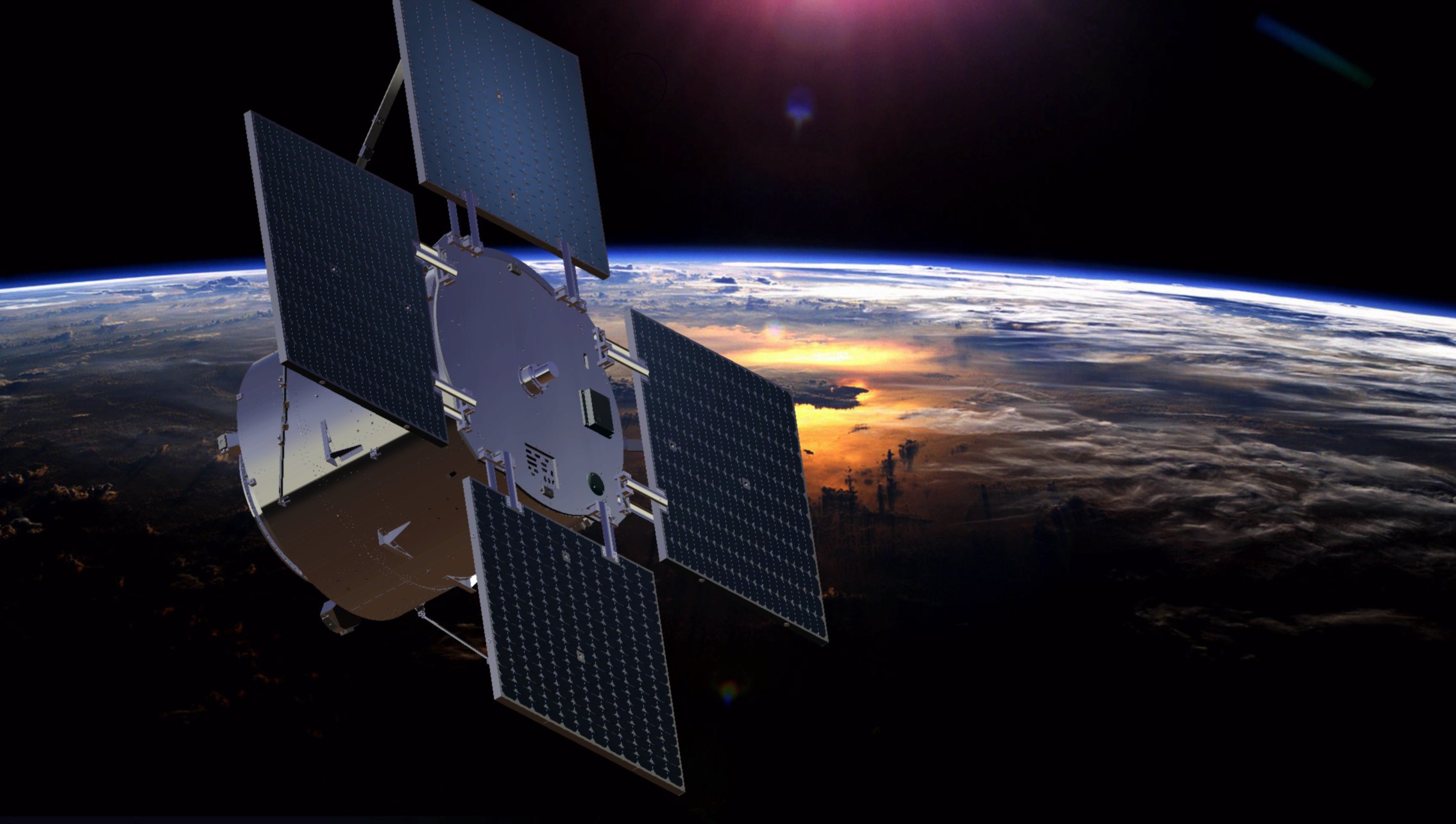Eu:Cropis – more than just growing tomatoes in space
On the evening of December 3rd, I was at the German Space Operations Center in Oberpfaffenhofen and witnessed the successful launch of a SpaceX rocket into space and the final transfer of control over the deployed satellite to the team at the German Aerospace Center (Deutschen Zentrums für Luft- und Raumfahrt (DLR)). Now there is a new garden floating in space. Developed by researchers at the Friedrich Alexander University in Erlangen and built by DLR specialists, Eu:Cropis is intended to study how a closed-loop biological life support system works in space and how it can be used to supply food.
The name stands for “Euglena and Combined Regenerative Organic-Food Production in Space.” This name tells you that the photogenic tomato plants that are supposed to grow on board the one cubic-meter large satellite do not have the starring role. This is reserved, instead, for Euglena, specifically, Euglena gracilis, a single cell flagellate eukaryotic that is invisible to the naked eye. The Euglena will produce oxygen by photosynthesis when the germinating plants are still not able to and will detoxify the system if the nitrate content becomes too high. This is because the nutrients that the plants need must first be produced from synthetic urine with a biofilter that works with bacteria. Like any biological system, however, biofilters have the characteristic that they don’t always work regularly. The Euglena is there to balance the system as needed.
Therefore, the result that the plants grow and perhaps also bear fruit will merely be used as confirmation that the test was successful. This result is definitely not certain, however, because the seeds will be exposed to different stresses during their stay in space. The satellite will first simulate the Moon’s gravity and later the gravity on Mars, and at the same time the plants will be bombarded by cosmic radiation. If the 62-week mission is successful, it would be an important step on the path toward longer missions in space – or even to Mars. However, the biofilter tested in the satellite could also be used on Earth to convert urine and manure into nutrients for plants and thus could help to reduce stresses on soil.

